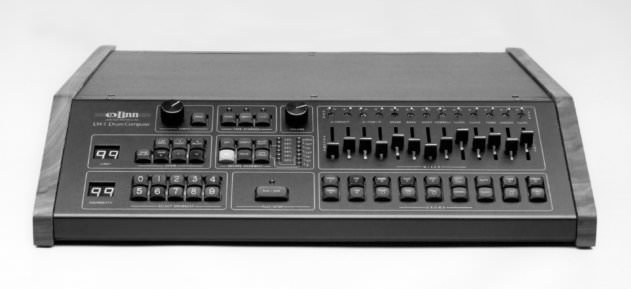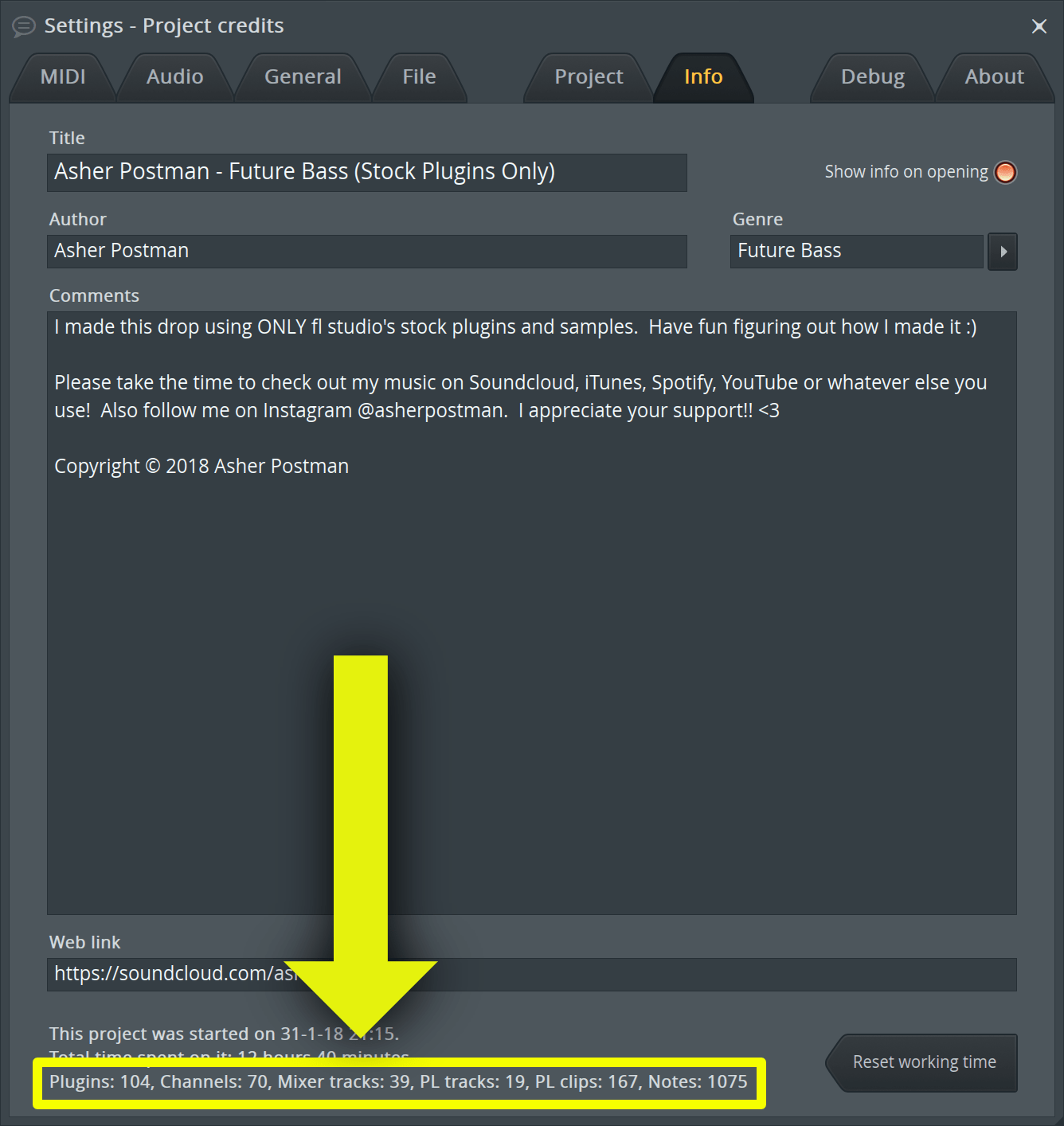


To select note events, you must first click the Select button in the toolbar. To do this, you must first select all four note events. What I did next is chop the note events using the very handy Chop tool. OK, so now we have the basic progression. Moving note events is done by placing your mouse pointer on top of the note event (having the Draw or Paint button selected), left click and while you hold down the mouse button move the note event. Try this out because you will need it as your patterns become longer and more complex.īy the way, you will hardly place every single note event exactly where you want it upon first click, so moving note events around is one of the most common operations. Alternatively, you can left click and while you hold down the mouse button you move the mouse up or down. You can zoom in and out by right clinking and while you hold down the mouse button use PgUp and PagDown. Check out the first screenshot to find its location. If you happen to wonder how come I can see the entire progression, then that is because I used the Zoom time control to zoom out a little. I simply clicked the grid where I wanted my note events to start. Now, the Piano Roll remembers the properties of the last note event you worked with, so the following is a piece of cake. choosing cell, line, 1/6 step, 1/2 step in the Snap to Grid menu) so you understand what Snap to Grid does. Note that your selection in the Snap to Grid menu (in the toolbar) influences the increments in note event length. This is the how you change the length of a note event. Release when the note event has the appropriate length. Left click and hold the mouse button down while you drag the pointer to the right. Subsequently, move the mouse pointer over the right-edge of the note event until it changes. Then place a note event by left-clicking. In the toolbar, click the Draw or Paint button.
Fl studio swing notes how to#
I use it here for the purpose of illustrating how to use the various tools in the Piano Roll. This is quite a common technique to which I will quite definitely dedicate some other tutorial. "Arpeggio is a broken chord where notes are spread out and played after eachother in a sequence rather than simultaneously. Have a look at the arpeggiated trance lead that I created: In essence, what we want to do in the Piano Roll is create a pattern of note events, for instance for our lead melody, bass line or drum beats. Now that we can name and identify the main aspects, let’s approach it a bit differently.


Target Control – This shows the control that is currently displayed in the Integrated Event Editor (lower part of the screen).You can switch between channels in this drop down box. Target Channel – This shows the channel to which the Piano Roll applies.Your possible options are Draw, Paint, Delete, Slice, Select, Zoom, Playback and Snap to Grid. Toolbar – Has a set of buttons that determine the drawing mode you are in.Quick tools – A quicker way to get access to often used tools (also accessible via the Piano Roll options).Piano Roll options – Via this menu you can access various options for managing, arranging and editing your note event patterns.Keyboard – This is what it says it is, a keyboard.Each note event represents a note for the channel in question and controls when a sound will be played. Note events – this is what it is all about, to create patterns of note events.We’ll come to that in a minute, but for the sake of understanding and making sure we ‘speak the same language’, I’ll first explain the concepts shown above. Can I not just start drawing or something?’. You may think ‘holy cow, that is a lot of stuff. While not discussing every cool feature, after this tutorial you should be able to create complex note event patterns quickly. Now, assuming that you have a clue what the Piano Roll is about, we will have a closer look at the most common features it has to offer. Recommended reading: Step Sequencer, Playlist and Piano Roll If you are not at all familiar with this view and other important views (such as Step Sequencer and Playlist), I recommend you first check out the tutorial listed below: The Piano Roll is one of the central views in FL Studio. FL Studio tutorial explaining the piano roll view.


 0 kommentar(er)
0 kommentar(er)
